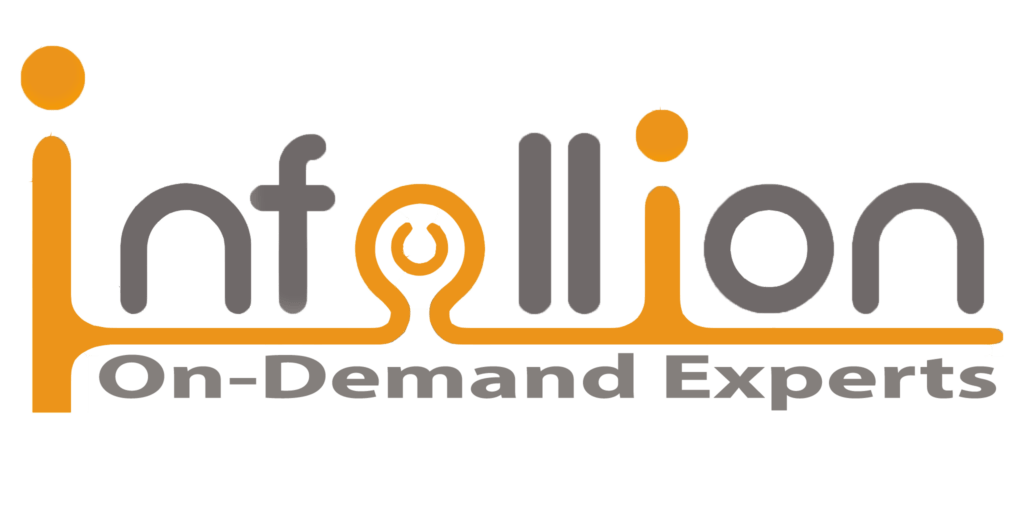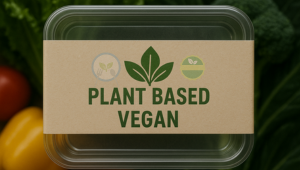Program Overview
This comprehensive program is designed to help professionals in supply chain, manufacturing, quality, and regulatory roles understand and implement essential compliance frameworks such as Good Manufacturing Practices (GMP), Good Distribution Practices (GDP), Hazard Analysis & Critical Control Points (HACCP), and FSSAI regulations. The course demystifies the practical implications of these standards across product handling, transportation, storage, traceability, documentation, hygiene, and recall protocols. Through regulatory case studies, audit scenarios, and industry-specific examples, participants gain the tools to strengthen process discipline, mitigate risk, and meet customer and regulatory expectations with confidence.
Features
- Interpret and apply GMP, GDP, HACCP, and FSSAI standards across supply chain and operations
- Design SOPs and audit-ready processes for hygiene, storage, labeling, and traceability
- Conduct risk-based assessments and implement preventive controls
- Build compliance frameworks that meet regulatory and customer requirements
Target audiences
- Food Safety & Quality Managers
- Regulatory Affairs and Compliance Teams
- Supply Chain & Logistics Teams
- Production Supervisors
Curriculum
- 4 Sections
- 19 Lessons
- 1 Day
Expand all sectionsCollapse all sections
- Good Manufacturing Practices (GMP) – Storage & Handling Relevance5
- 1.1Concepts: GMP in warehouse zones – cleanliness, material segregation, labeling, recall traceability
- 1.2WHO-GMP, HVAC Validation, Calibration, Cross-contamination, SOP Traceability
- 1.3GMP Focus Areas: Controlled storage, Equipment hygiene, SOP adherence, Quarantine handling
- 1.4Case based learning: API distributor failed audit due to inconsistent bin status controls
- 1.5GMP compliance points for material movement, temperature zones, documentation
- Good Distribution Practices (GDP) – Cold Chain & Transit Focus5
- 2.1Concepts: GDP for transportation, warehousing, handover points, and validation
- 2.2GDP Annex 9, Route Risk Mapping, Lane Qualification, Ambient Monitoring
- 2.3Calibration of sensors, Training of handlers, GDP SOPs
- 2.4Case based learning: Vaccine shipper implemented lane-wise GDP audits for high-risk corridors
- 2.5GDP self-audit sheet + SOP matrix (shipment, storage, handover)
- HACCP – Hazard Analysis & CCP Mapping5
- 3.1Concepts: Hazard types (biological, chemical, physical), CCP vs QCP
- 3.2Preventive Controls, Risk Likelihood x Impact, ISO 22000 Integration
- 3.3Application Zones: Perishable foods, Meat, dairy, seafood, Chilled and frozen items
- 3.4Case based learning: Dairy plant minimized microbial risks by realigning CCPs at reception & chillers
- 3.5Exercise: Build a HACCP plan for a sample cold product line (5 steps)
- FSSAI Compliance for Warehousing & Distribution4






